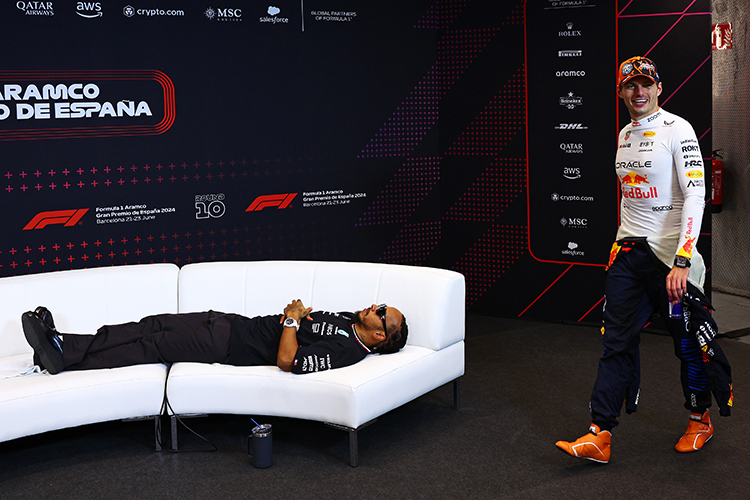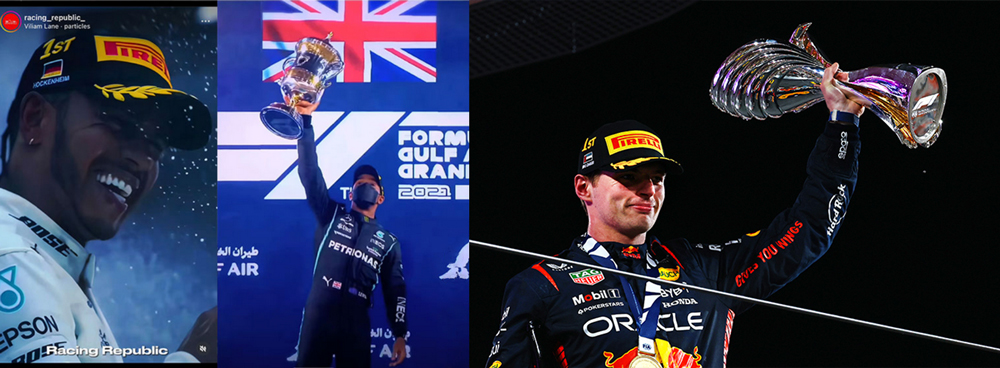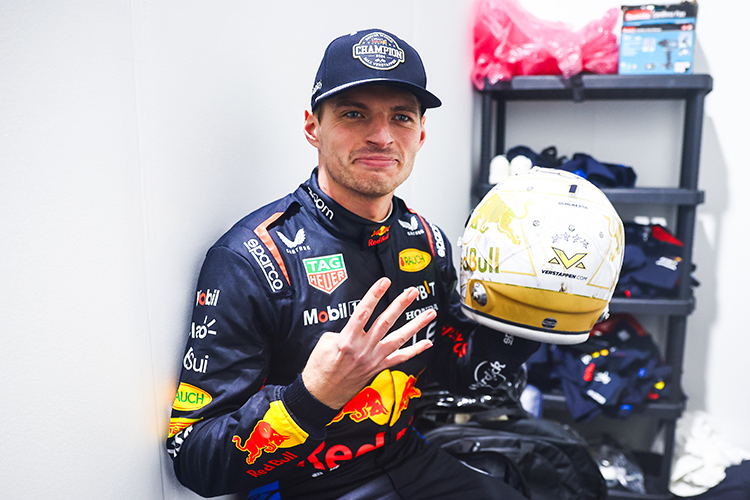The Biggest Scandals in Formula 1 History
Whar are Some of The Most Controversial Moments in F1 History: Decisions, Drama, and Deceptions
If Formula 1 is a rolling opera of speed, it’s also a courtroom drama on wheels. For every breathtaking overtake, there’s a plot twist in race control; for every engineering breakthrough, a loophole lurking in the rulebook. These are the defining scandals and controversies that shook F1, changed rules, split fanbases, and sometimes decided championships.
CRASHGATE: Singapore 2008
- What happened: Renault driver Nelson Piquet Jr. deliberately crashed to trigger a Safety Car, aiding teammate Fernando Alonso’s strategy and win.
- Fallout: After Piquet revealed the plan in 2009, team boss Flavio Briatore was banned (later overturned in court, though he didn’t return), Pat Symonds was suspended, and Renault received a suspended ban. Piquet got immunity for cooperating.
- Why it matters: It remains the sport’s clearest case of race manipulation. It reshaped trust in teams and triggered tighter oversight of team orders and safety car procedures.
SPYGATE: McLaren vs Ferrari (2007)
- What happened: A 780-page Ferrari technical dossier was found in possession of McLaren personnel after a leak from Ferrari’s Nigel Stepney to McLaren’s Mike Coughlan.
- Fallout: McLaren was fined $100 million and excluded from the 2007 Constructors’ Championship. The drivers kept their points; the title went down to the final race.
- Why it matters: Set the benchmark for intellectual property governance in F1 and remains the most expensive penalty in FIA history.
Abu Dhabi 2021: The Safety Car Showdown
- What happened: A late Safety Car, selective unlapping of cars, and a one-lap sprint restart flipped the championship on its head, handing Max Verstappen the title over Lewis Hamilton.
- Fallout: The FIA’s report cited “human error” in the application of procedures. Race Director Michael Masi left the role; processes were revised, including the introduction of Virtual Race Control support and clearer unlapping protocols.
- Why it matters: Perhaps the most polarizing title decider ever, it ignited enduring debates about consistency, fairness, and the role of showmanship.
Senna vs Prost: Suzuka 1989–1990
- What happened: In 1989, Prost and Senna collided at the chicane; Senna rejoined and won on track but was disqualified, giving Prost the title. In 1990, Senna hit Prost at Turn 1, eliminating both and securing his own championship.
- Fallout: Two seasons defined by politics, protests, and personal rivalry—plus accusations that governance favored one side.
- Why it matters: Cemented F1’s greatest rivalry and raised lasting questions about intent, sportsmanship, and the power of politics.
1994: Title Tension, Technical Scrutiny, and Adelaide
- What happened: A season under a safety spotlight saw controversies around Benetton’s software (launch control menu options), a Hockenheim refueling fire after a fuel-rig filter removal, black-flag drama for Michael Schumacher at Silverstone, a Spa disqualification for excessive plank wear—and the title-deciding Schumacher-Hill clash in Adelaide.
- Fallout: Investigations produced limited sanctions on alleged electronic aids due to lack of proof of use; Schumacher received a two-race ban for ignoring the black flag and lost the Spa win. He won the title after the crash with Hill.
- Why it matters: The year mixed genuine tragedy with fierce regulation battles, shaping how the FIA polices software, pit equipment, and car legality.
Jerez 1997: Schumacher vs Villeneuve
- What happened: In a title decider, Schumacher turned into Jacques Villeneuve at the Dry Sac corner. Schumacher retired; Villeneuve finished and won the championship.
- Fallout: Schumacher was excluded from the 1997 Drivers’ Championship for unsporting behavior, though Ferrari kept its Constructors’ points.
- Why it matters: One of F1’s firmest disciplinary rebukes to on-track gamesmanship.
The 2005 U.S. Grand Prix Tire Fiasco
- What happened: After tire failures in practice, Michelin advised its teams not to race at Indianapolis without a chicane added to Turn 13. No compromise was reached; only six Bridgestone-shod cars took the start.
- Fallout: Deafening boos, damaged credibility in the U.S., and years of repair work to rebuild trust with American fans.
- Why it matters: A masterclass in how governance deadlocks and supplier issues can derail a marquee event.
Team Orders: Austria 2002 and Hockenheim 2010
- What happened: In 2002, Rubens Barrichello slowed on the line to gift Michael Schumacher the win. In 2010, Ferrari’s coded “Fernando is faster than you” message preceded Felipe Massa yielding to Alonso.
- Fallout: Team orders were banned after 2002, then re-legalized in 2011 with a “don’t bring the sport into disrepute” warning after 2010’s uproar. Ferrari was fined $100,000 for the Hockenheim affair.
- Why it matters: Exposed the tension between team strategy and sporting fairness—and how hard it is to police coded instructions.
Ferrari’s 2019 Power Unit Settlement
- What happened: Rivals questioned Ferrari’s fuel-flow compliance. Technical directives tightened sensor policing; Ferrari’s performance dropped late in 2019. In early 2020, the FIA announced a confidential settlement with Ferrari after an investigation.
- Fallout: Outrage from several teams over the lack of transparency; FIA introduced additional fuel-flow sensors and stricter monitoring.
- Why it matters: Highlighted the limits of enforcement when tech is complex and intellectual property is protected.
Racing Point’s “Pink Mercedes” (2020)
- What happened: Racing Point’s RP20 bore a striking resemblance to the title-winning 2019 Mercedes, including brake duct designs that became “listed parts” in 2020.
- Fallout: A 15-point deduction and €400,000 fine for the rear brake ducts; the car could still race in that configuration. Debate raged over copying vs. customer relationships.
- Why it matters: Drew new lines around what “inspiration” means in a cost-capped, CAD-heavy era.
Tyregate: Mercedes’ Secret Test (2013)
- What happened: Mercedes completed a 1,000 km private test with Pirelli using its current car—prohibited without the approval and presence of all teams.
- Fallout: A reprimand from the FIA’s International Tribunal; Mercedes and Pirelli were barred from the Young Driver Test.
- Why it matters: Reinforced the need for absolute clarity and fairness in testing access.
Silverstone 1998: The Pit-Lane Finish
- What happened: Michael Schumacher served a stop-go penalty by diving into the pit lane and crossing the finish line in the pit entry at the end of the race.
- Fallout: The win stood, but the FIA clarified procedures for serving late penalties and how time penalties should be applied.
- Why it matters: A perfect example of exploiting ambiguous wording—and a quick rulebook rewrite.
Malaysia 1999: The Bargeboard Reversal
- What happened: Ferrari’s 1–2 was initially wiped out for illegal bargeboards. On appeal, Ferrari won after a measurement interpretation issue was highlighted.
- Fallout: Results reinstated, title fight revived, and the complexity of aerodynamic legality put under a microscope.
- Why it matters: Showed how millimeters—and the wording of technical appendices—can swing championships.
San Marino 1982: Boycott and Betrayal
- What happened: Many FOCA-aligned teams boycotted amid the FISA–FOCA war, leaving a thin grid. Ferrari teammates Didier Pironi and Gilles Villeneuve were told to slow and hold formation; Pironi passed anyway to win.
- Fallout: Villeneuve felt betrayed; he died in a qualifying accident two weeks later at Zolder, deepening the tragedy surrounding their rift.
- Why it matters: Exemplifies political fractures and the human cost of intra-team conflict.
Tyrrell 1984: The Season-Long Exclusion
- What happened: Tyrrell was found to have used illegal ballast (lead shot in a water tank) and fuel irregularities.
- Fallout: The team was excluded from the entire 1984 championship; results annulled.
- Why it matters: A rare, sweeping punishment that underscored the zero-tolerance line for trick ballast and fuel breaches.
The Brabham “Fan Car” (1978)
- What happened: The BT46B used a rear-mounted fan to extract air from beneath the car, delivering huge downforce. Niki Lauda won first time out in Sweden.
- Fallout: Under pressure, Brabham withdrew it, and rules were clarified around moveable aero devices.
- Why it matters: The ultimate loophole legend—legal on paper, untenable in practice.
Cost Cap Violations: Red Bull (2021, adjudicated 2022)
- What happened: Under F1’s new financial regulations, the FIA found Red Bull in “minor overspend.”
- Fallout: A $7 million fine and a 10% aerodynamic testing reduction for 12 months.
- Why it matters: The first serious test of the cost cap’s teeth—and whether penalties can balance performance gains after the fact.
Honorable Mentions: Flashpoints That Lit Up The Paddock
- Austria 2001: Team orders grumbling pre-2002 controversy crescendo.
- Canada 2019: Sebastian Vettel’s penalty for rejoining unsafely in front of Hamilton—wins lost in the steward’s room.
- Hungary 2007: Intra-team chaos at McLaren qualifying; Alonso penalized, political tinder ahead of Spygate’s explosion.
- 2008 Belgium: Hamilton’s chicane-cut penalty after yielding and repassing—procedural clarity improved later.
What These Scandals Changed
- Tighter governance: Clearer Safety Car and unlapping rules; Virtual Race Control; stricter stewarding guidelines.
- Technical policing: Extra fuel-flow monitoring, standardized sensors, stricter testing protocols, and more robust IP protection.
- Sporting integrity: Evolving stance on team orders—recognizing reality while protecting the show.
- Financial fairness: The cost cap added a new layer of accountability with enforcement precedent now established.
The Bottom Line
F1’s history is as much about how it responds to controversy as the controversies themselves. Each scandal forced the sport to choose: performance or probity, spectacle or procedure. The answer, imperfect and evolving, is what keeps the debate—and the grand prix—racing on.
Up Next
Where To Watch
F1 TV: Experience every Grand Prix live with expert commentary, exclusive content, and unrivaled race coverage all season.
ESPN: Watch F1 and live sports streaming across ESPN networks.



